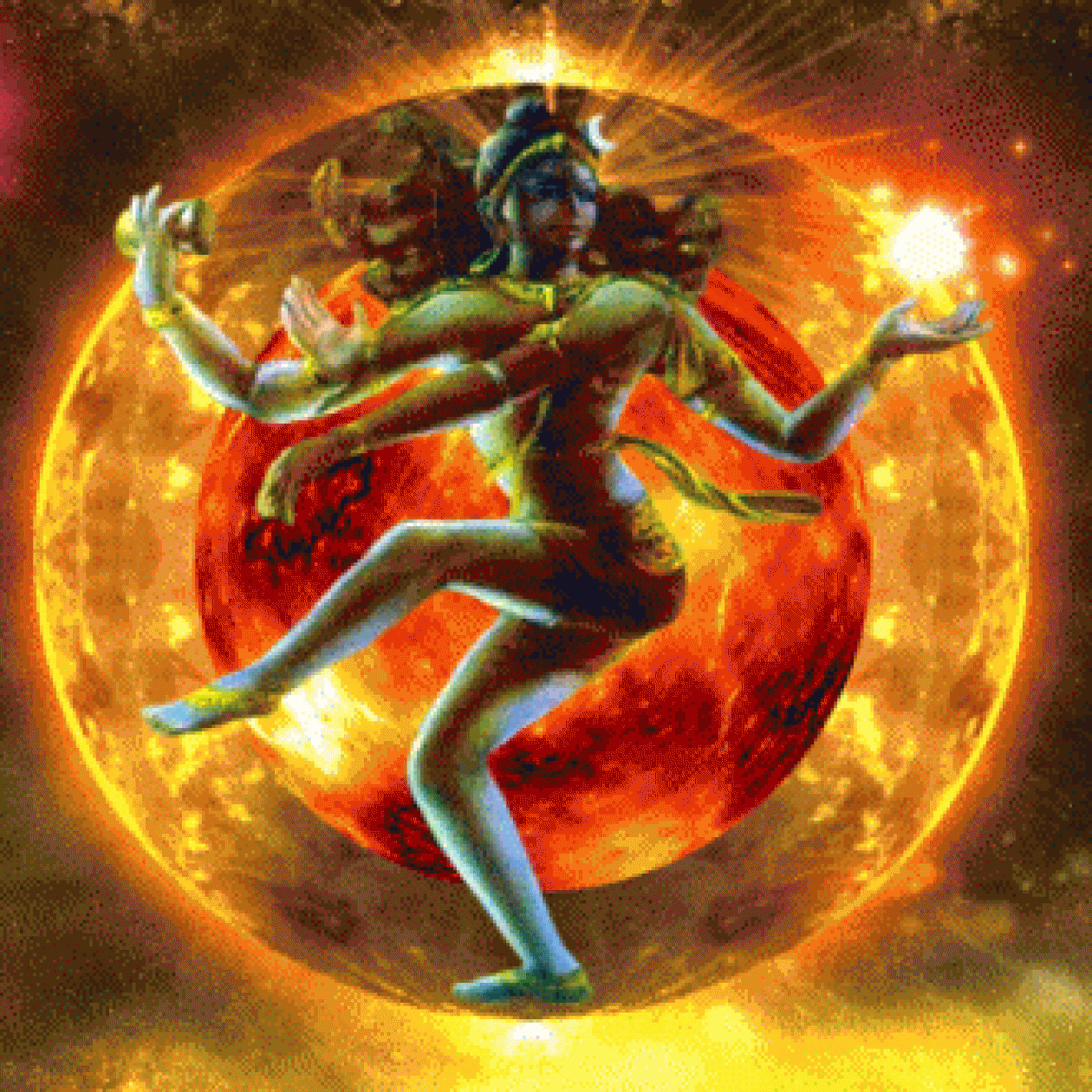Ramayan is > 2 million years old

According to Vedic time calculations, we are at present in Kali Yuga (Iron Age) and Ramayana is supposed to have happened in Treta Yuga (Silver Age), when truth and justice prevailed about 75% among humans.
In Valmiki Ramayan, Sundar Kanda [4.27.12] states that Hanuman, on entering Lanka, sees FOUR-TUSKED elephants guarding the palaces of Ravan.
Modern anthropologists say that elephants with four tusks existed 12-1.6 million years ago.
The Gomphotheriidae were a diverse taxonomic family of extinct elephant-like animals (proboscideans). Referred to as gomphotheres, they were widespread in North America during the Miocene and Pliocene epochs, 12-1.6 million years ago. Some lived in parts of Eurasia, Beringia and, following the Great American Interchange, South America.
Gomphotheres differed from elephants in their tooth structure, particularly the chewing surfaces on the molar teeth. Most had four tusks, and their retracted facial and nasal bones prompt palaeontologists to believe that gomphotheres had elephant-like trunks.
These elephants are very tall, imposing and have been trained to protect Lanka from invaders.
Similar description is given by Trijata, the ogress guarding Sita in Chapter 27 of the same Kanda when she dreams of Lord Rama coming to Sita’s rescue riding an elephant high as a hill and bearing four tusks.
triviSTapa nibham divyam divya naada vinaaditam |
vaaji heSita samghuSTam naaditam bhuuSaNaiH tathaa || 5-4-26
rathaiH yaanaiH vimaanaiH ca tathaa gaja hayaiH shubhaiH |
vaaraNaiH ca catuH dantaiH shveta abhra nicaya upamaiH || 5-4-27
bhuuSitam rucira dvaaram mattaiH ca mR^iga pakSibhiH |
raakSasa adhipateH guptam aavivesha gR^iham kapiH || 5-4-28
त्रिविष्टप निभम् दिव्यम् दिव्य नाद विनादितम् |
वाजि हेषित सम्घुष्टम् नादितम् भूषणैः तथा ||
रथैः यानैः विमानैः च तथा गज हयैः शुभैः |
वारणैः च चतुः दन्तैः श्वेत अभ्र निचय उपमैः ||
भूषितम् रुचिर द्वारम् मत्तैः च मृग पक्षिभिः |
राक्षस अधिपतेः गुप्तम् आविवेश गृहम् कपिः ||
Translation : The great Hanuma entered secretly Ravana’s inner city which was equal to paradise, rendered noisy by neighing of horses and tinkling of ornaments, by chariots, vehicles and aerial-cars and decorated by auspicious elephants and horses and great elephants with four tusks and by birds and animals in heat. It had beautiful entrances and was protected by thousands of rakshasas with great strength.
uttamam raakshasaavaasam hanumaanavalokayan |
aasasaadaatha lakshmiivaan raakshasendraniveshanam || 5-9-4
catur viSaaNair dviradaiH triviSaaNaiH tathaiva ca |
parikSiptam asambaadham rakSyamaaNam udaayudhaiH || 5-9-5
उत्तमम् राक्षसावासम् हनुमानवलोकयन् |
आससादाथ लक्ष्मीवान् राक्षसेन्द्रनिवेशनम् ||
चतुर् विषाणैर् द्विरदैः त्रिविषाणैः तथैव च |
परिक्षिप्तम् असम्बाधम् रक्ष्यमाणम् उदायुधैः ||
Translation : Hanuman the glorious one neared and observed the best residence of Rakshasas and the house of Ravana, containing elephants with four tusks and also those with three tusks, those with two tusks and still not crowded. It was protected by soldiers bearing raised weapons.
These Gomphotheres were believed to have existed on earth in different continents around 12-1.6 million years ago.Gomphotheres differed from elephants in their tooth structure, particularly the chewing surfaces on the molar teeth. Most had four tusks, and their retracted facial and nasal bones prompt paleontologists to believe that gomphotheres had elephant-like trunks. The early gomphotheres, such as Phiomia, had elongated upper and lower jaws, with relatively short tusks. Two lineages appear to have arisen from these ancestors. One, including animals such as Anancus, developed the short lower jaw typical of modern elephants, while the others, including Platybelodon, developed the lower jaw into an elongated ‘shovel‘, and shortened the upper jaw.

There is no other book or script in history of mankind which describes about four tusked elephants.
As they became extinct before many other stories were composed, no author could have seen it except Valmiki.
Also many western researchers argue that Horses first appeared in North America about 60 million years ago as small dog like creatures and were not introduced in India until 1000 BCE.
But, both Ramayana and Mahabharata (which happened around 5100 years ago) have mentioned chariots dragged by Horses,Aswamedha Yaga (horse sacrifice ritual) performed by Kings in ancient India.
Also, according to Vedas and Puranas,Dwapar Yug lasted for 864,000 and Treta Yug lasted for 1296,000 yrs ago before Kali Yuga started.
Its been 5100+ years since Kaliyuga started.
So, the sum of all years since begining of recent Treta Yuga is :
1,296,000
864,000
5,100
————
2,115,000 years which is approximately 2 million years ! and this is when skeleptons of Gomphotheres were calculated to belong !
Even the Ram setu Bridge is around that years.
Also in Puranas, Indra, the King of Devas (Gods) is said to be travelling on a white elephant called Airavata, which has multiple heads with 4 tusks for each.
This is depticted as Erawan in Thailand.
Another example of if Ramayana was more than many millions years ago-
Earth is believed to have land as Pangaea (pan-jee-ə), which was a supercontinent that existed during the late Paleozoic and early Mesozoic eras, forming approximately 300 million years ago.
The oldest epic sanskrit poem, Ramayana, composed by sage Valmiki, gives clues about this single large continent that existed approximately 200,100,000 years ago.
The single global ocean which surrounded Pangaea is accordingly named Panthalassa. Pangea must have been drowned into Panthalassa by Hiranyaksha and was later restored by Varaha – third incarnation of Vishnu as a wild boar and that is when present aeon/creation of Sveta Varaha Kalpa started. (according to Vishnu Purana and Bhagavata Purana)
The legend of King Sagara provides many vital clues that signify an intimate knowledge of the ancient world’s geography including Pangea Supercontinet Map.
The episode detailing the story of King Sagara represents a time going back approximately 200,100,000 years ago. As the Ramayana records at that time there was only One Landmass Surrounded by One Ocean.
King Sagara said to his sons :More is here.

citation-4 tusk elephant were real
booksfact.com








Pingback: Ram’s Era was >1.7 millions years ago | HINDUISM AND SANATAN DHARMA
Pingback: Ramayan is > 2 million years old | HINDUISM AND SANATAN DHARMA – GLOBAL HINDUISM
Reblogged this on GLOBAL HINDUISM.
LikeLike